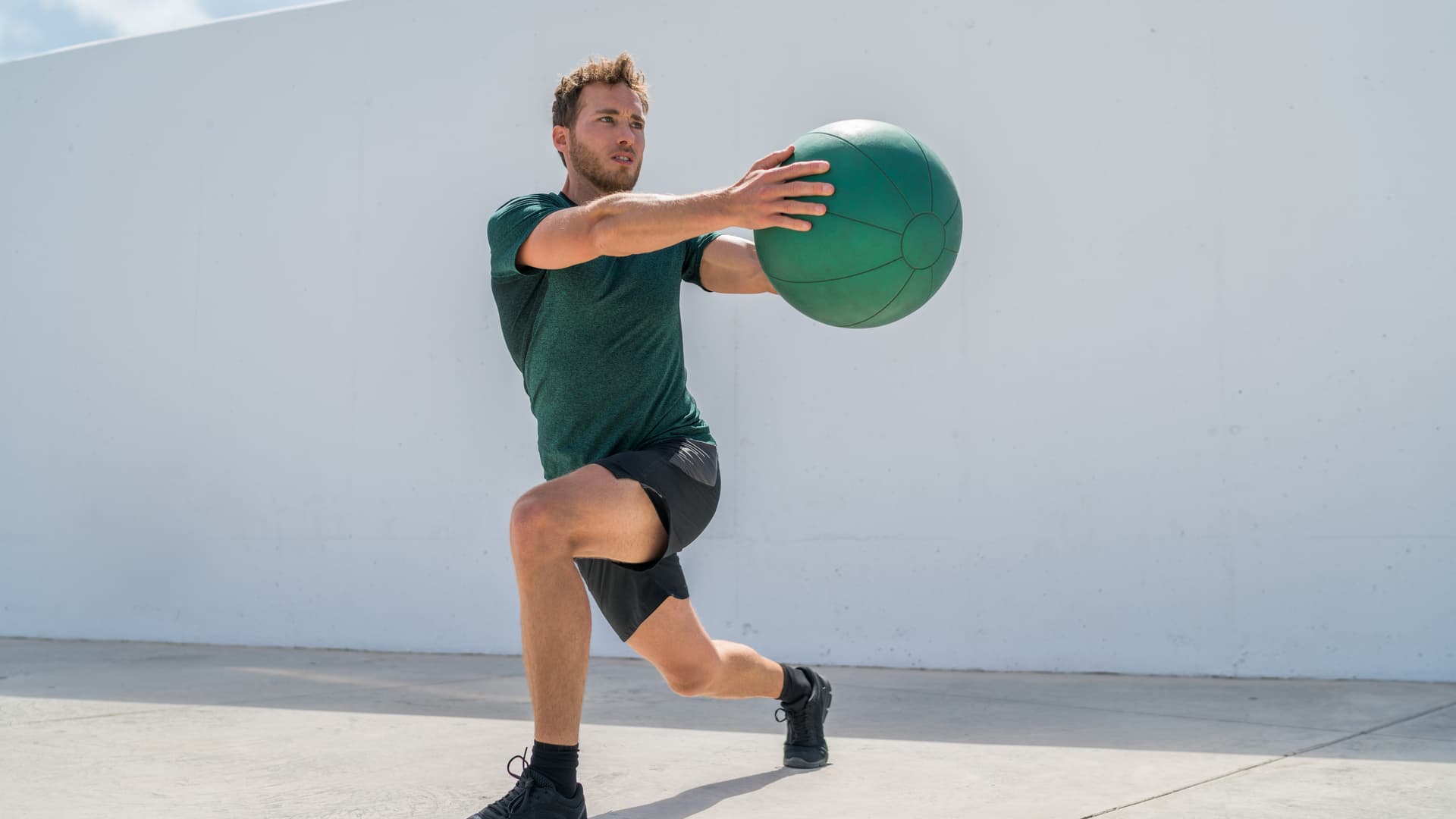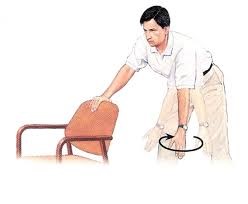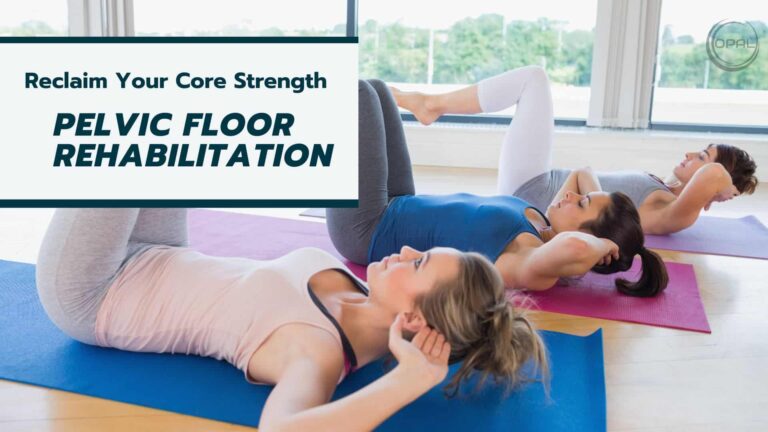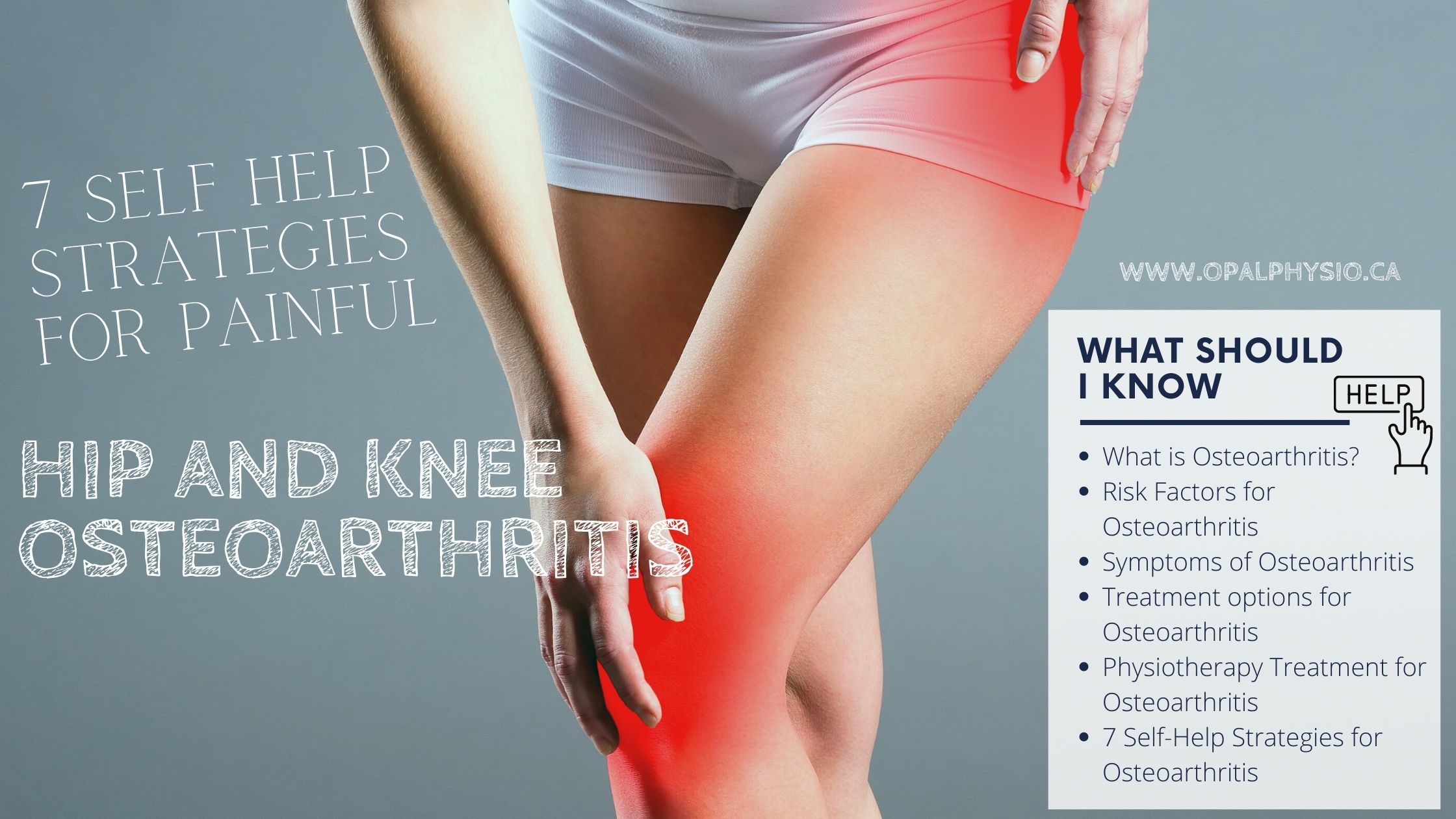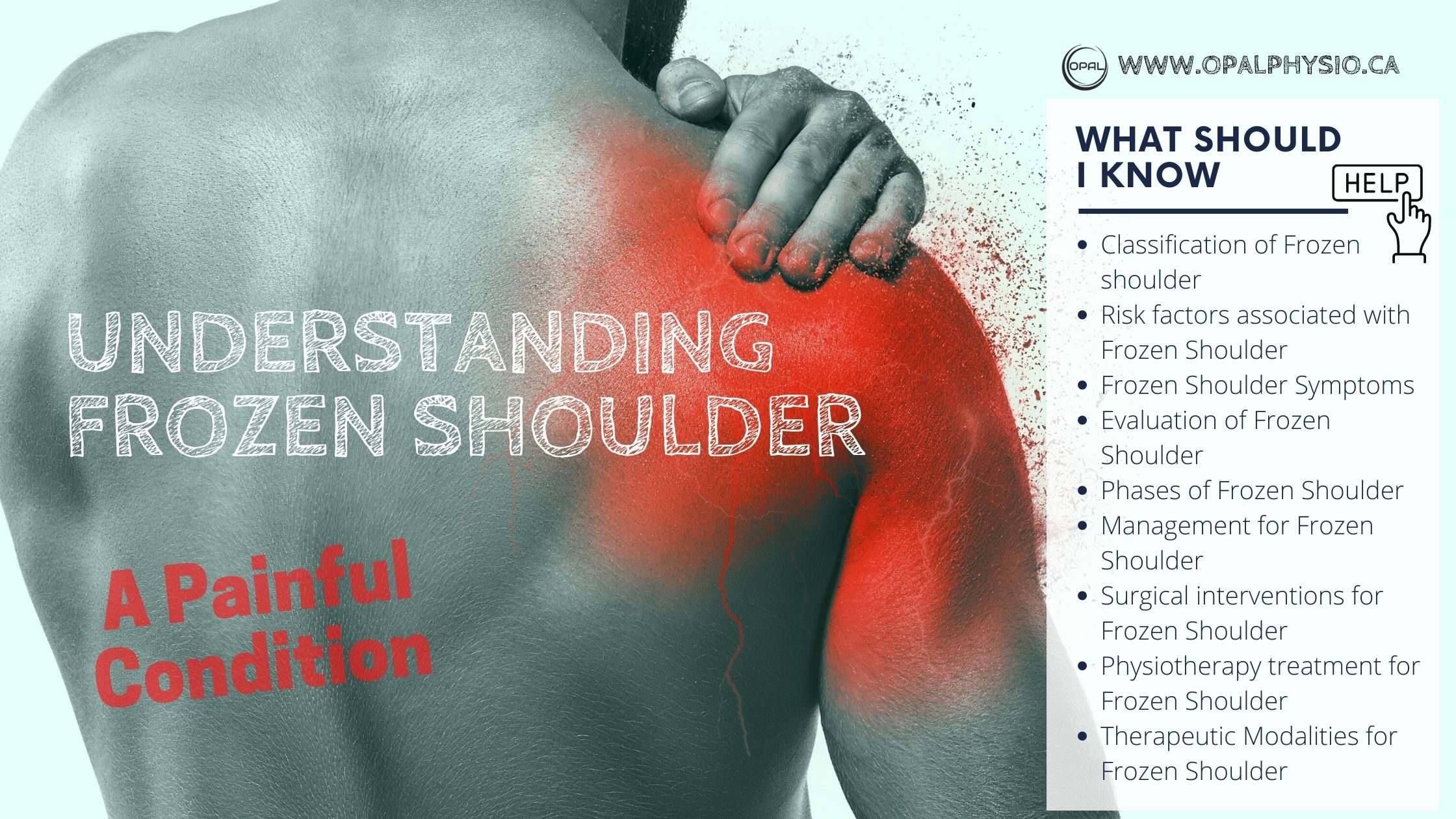10 Simple Frozen Shoulder Exercises
Frozen Shoulder Exercises And Rehabilitation
Frozen shoulder exercises can be started immediately when you have shoulder discomfort or pain, but any movements that aggravate your pain should be avoided.
For a Frozen Shoulder, Exercise-based treatments are commonly used interventions to manage and promote healing, relieve pain, reduce muscle tension, increase shoulder range, and improve strength and functional ability.
Having pain and limitation of shoulder movement for a prolonged period can result in reduced strength, proprioception and coordination in the shoulder leading to muscles, tendons, and ligaments tightness around the Shoulder (Mao et al. 1997, Ballantyne et al. 1993)
Learn more about frozen shoulder condition.
Frozen shoulder is a condition where the glenohumeral joints in the shoulder are affected with spontaneous onset of pain and progressive stiffness. There is a loss of joint capsule pliability with adhesions. It causes disability affecting the daily activities, work, and leisure of an individual affected with this condition, and frozen shoulder exercises can help.
Frozen Shoulder affects 2-5% of the general population, with incidence higher between 40-60 years of age. One of the significant risk factors includes patients with diabetes who are 2–4 times more predisposed to FS. It affects women slightly more than men. Other predisposing factors include activities requiring repetitive overhead motions, sports-related repetitive rotator cuff injuries, rheumatic disease, shoulder immobility, thyroid disease, osteoporosis, cardiovascular disease, stroke, and Parkinson’s disease.
Most studies note that frozen scapula as being a self-limiting condition (meaning it resolves on its own and has no long-term effects) lasting two to three years (Reeves et al. 1975). A study by Hand et al. 2008 found that 41% had ongoing residual symptoms even after four years.

In all practicality, patients with frozen shoulders rarely receive a single intervention.
For a Frozen Shoulder, exercise-based treatments are commonly used interventions to manage and promote healing, relieve pain, reduce muscle tension, increase shoulder range, and improve strength and functional ability. No matter what approach, exercises are to be performed regularly to manage the symptoms. Below are some self-help strategies/ exercises to help manage your pain and shoulder/arm mobility.
Management of frozen shoulder:
Management of a Frozen Shoulder can be conservative and surgical. Conservative management is usually the first-line approach to managing a frozen shoulder. Conservative management includes anti-inflammatory drugs, physiotherapy, and glenohumeral Corticosteroid injection. Surgical intervention includes Manipulation under anesthesia (MUA), and arthroscopic capsular release, which also has its associated risks and complication. The Frozen Shoulder Treatment yields variable results, and there exists little evidence to support the benefit of one approach over others.
Self-management approaches and exercises to help frozen shoulder :
- Be informed as possible to understand the nature of the condition, and its potential chronicity, as it helps reduce your frustration, increase compliance to take a proactive approach and overcome fears.
- Acknowledge that the recovery phase is more prolonged and that full recovery takes time from several months to years (between 2-3 years).
- Help manage pain – An ice pack applied to the shoulder for 10 minutes several times a day can help with your pain in the initial painful stages. Talk to your physician to see if cortisone shots can help manage your pain during the initial phases.
- Avoid activities that require overhead reaching, lifting, or any activity that aggravates your pain during the initial painful phase.
- Avoid aggressive stretches that can aggravate the pain during the initial painful stage of a Frozen Shoulder.
- Perform an active assisted range of movements and gentle stretches throughout the day (5-6 times per day). It is essential to understand and perform exercises several times a day as the shoulder will get stiff again in between the exercise sessions.
- As gradual improvement in range occurs and pain is reduced, starting with strengthening exercises for rotator cuff muscles is beneficial. Please talk with your physiotherapist about what frozen shoulder exercises you can progress to help improve your range and strength.
- Warm-up exercises / gentle stretches are beneficial before you begin frozen shoulder exercises and strengthening.
- Using the affected arm as much as possible and as tolerable for simple day-to-day tasks and activities is helpful.
Simple frozen shoulder exercises you can perform during a painful phase to help with pain and range of motion.
- Pendulum exercise: Lean forward, supporting the non-painful arm to a stable surface, hang the painful arm loosely and swing the arm clockwise, counter clock direction and in a forward and backward motion. Slowly increase the movement as your pain allows. Also, using a small hand weight or a soup can provide a stretch to the shoulders during this exercise.
- Scapular or shoulder blade squeeze: Sitting tall and in an upright position, arm by your side and slightly away from the body, turn your palms out and away and bring your shoulder blades together. Do keep your shoulders down as you perform this exercise. Repeat 10 times

- Crossbody active stretch: In standing or sitting upright, take your affected arm to the opposite shoulder and, with your unaffected hand, place it above your elbow and pull it across your body until you feel a stretch in your shoulder. Keep the elbow of your affected arm below shoulder height. Hold the stretch for at least 10 seconds.
- Finger walk on the wall: Stand facing a wall slightly less than arm’s length distance away from the wall. Place the affected arm fingers on the wall just above the waist level with the elbow in a flexed position. Walk the fingers up until the arm is raised to a comfortable reach. The movement can be performed standing sideways, taking the arm into abduction (arm away from the body, standing facing sideways to the wall).
- Child pose shoulder stretch: On the hands and knees position, gradually bring your buttock to the heel, and keep your hand stable to feel the stretch in your shoulder; as you feel the stretch, hold the stretch for 10 seconds. Repeat 10 times.

- Towel stretch for (Hand Behind Back) internal rotation: In standing, take a beach towel or a medium-sized towel or a strap ( see the picture – shown is the left arm as affected and the right arm unaffected). Raise the unaffected arm holding the towel/ strap straight up and behind the head so that the strap/ towel extends down the back. Using your affected arm, reach to grab the towel end. Gently pull the towel/ strap up with the right hand so that the left shoulder is getting the stretch. Hold for 5 seconds.
- Exercise ball roll: Sitting down on the floor with the exercise ball in front. (If you are not able to sit on a floor, you can sit on a chair and place the ball on a table surface). Have your hand on top of the ball one hand at a time or both hands on the ball as you roll the ball forward until you feel a stretch in the shoulder. Hold the stretch for 5 sec and roll the ball back. Repeat this for movement for 10-15 repetitions.
- Tabletop shoulder stretch: Sit on a chair in front of a table. Placing a towel on the table, lay both your hands on the towel and slide your arms forward as you bend at the waist/ hip level forward. You will feel a stretch in the shoulder, perform at a level as tolerated, hold the stretch for 5 seconds and slide back again. Repeat 10 times.
- Door shoulder stretch: Stand close to a door frame with your arms by your side. Place your affected arm on the other side of the door frame (elbow in 90 degrees of flexion) and take a few steps turning your body away from the door frame until a stretch is felt. Make sure to keep within your pain limits. Hold for 5 seconds and repeat 5 times.
- Active assisted cane Frozen Shoulder Exercises:
- Laying on your back with knees bent. Hold a cane/stick using both hands, gently using the unaffected arm, raise the cane over your head as high as possible, and keep the affected arm on the cane as the arm raises up.
- Lay on your back with your knees bent. Place both your hands on the cane. Have your arm by the side of the body with the elbow in a bent position (90 degrees). Now move your affected hand away from the body using the unaffected arm by pushing the cane. Hold for 5 sec and repeat.
- Lay on your back with your knees bent. Place both hands on the stick edge, and slowly move the affected arm away from your body by pushing the cane using the unaffected arm, helping to raise the arm as high as possible and within the pain limit. Hold for 5 sec, lower the arm and repeat.
Looking for a way to treat your frozen shoulder? Read more on our Frozen shoulder Physiotherapy Treatment in Langley, or learn more about frozen shoulder exercises. Contact us to book an appointment with our Physiotherapist at 604-532-7887

Cynthia Pathipati – Registered Physiotherapist
Cynthia Pathipati completed her bachelor’s in physiotherapy and is a qualified Registered Physiotherapist in good standing with the College of Physiotherapists of BC with more than 15 yrs of experience. She has Post-Graduate Credentials and Certifications as well as extensive knowledge experience in treating pelvic floor, orthopedic, neurological, vestibular and pain conditions.

